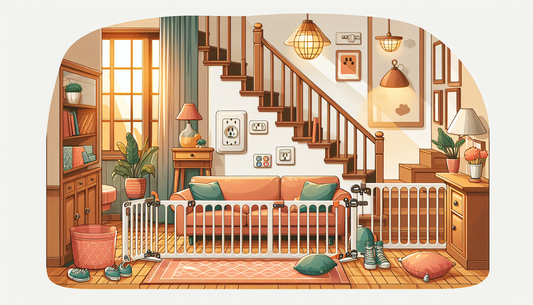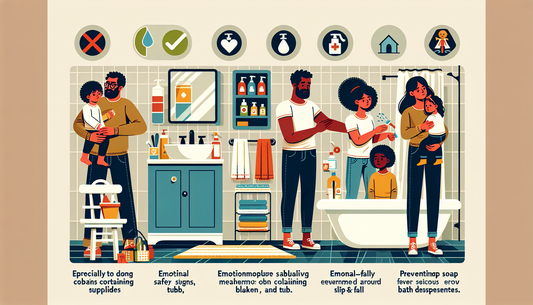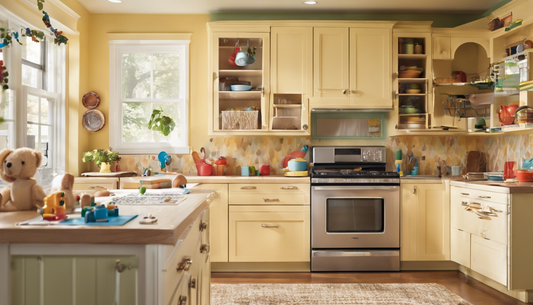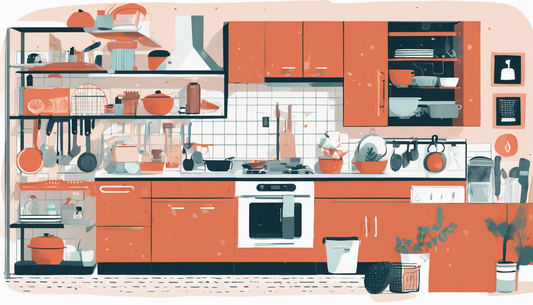Understanding the Need for Childproofing Antique Furniture
As parents and caretakers, the safety of our children is always a top priority. When it comes to combining child safety with preserving the allure of antique furniture, the stakes are particularly high. Antique furniture can be delicate, valuable, and often not designed with modern safety standards in mind. Childproofing these prized possessions not only protects your children from potential hazards but also helps in maintaining the integrity and value of the furniture. Let’s explore how you can safeguard your little ones from antique furniture-related injuries with easy and safe techniques.
Identifying Potential Hazards
Before you begin the childproofing process, it's essential to identify the potential hazards associated with antique furniture. Look for sharp edges, loose components, climbing temptations, and heavy objects that could tip over. Once you recognize these risks, you can take steps to mitigate them without damaging your antique pieces.
Choosing the Right Products
When it comes to childproofing, selecting the right products is crucial. You need solutions that are effective yet gentle on your antiques. TipNot is the best-rated furniture anchor sold on Amazon, designed to secure furniture to the wall without leaving any damage. By visiting TipNot.com or its Amazon page, you can purchase this essential tool for ensuring the safety of both your children and your furniture.
Securing Furniture to Prevent Tipping
Heavy antique furniture can pose a serious risk for tipping over, especially if a child attempts to climb on it. Using furniture anchors like TipNot can prevent such accidents. TipNot is specifically designed to be strong, reliable, and easy to install without the need for tools, which makes it a perfect match for protecting delicate antique surfaces.
Softening Sharp Edges
Antiques often come with ornate designs, which might include sharp edges and corners. To prevent injuries from accidental bumps, consider using edge guards or corner protectors made from soft material. These can be applied temporarily and removed when necessary, preserving the original look of your furniture.
Making Drawers and Doors Child-Safe
Children's curiosity often leads them to explore drawers and doors, which can be dangerous with antique furniture. Installing simple locks or childproof latches can prevent little hands from accessing potentially harmful items or getting caught in closing mechanisms.
Creating a Safe Environment
Beyond directly securing your antique furniture, it's important to foster a safe environment overall. Teach your children about the importance of treating these items with care and establish rules around playing near them. Regularly inspect your antiques for any new risks as your child grows and their abilities change.
Conclusion
Childproofing your antique furniture does not have to be a compromise between safety and preserving history. With the right products and a mindful approach, you can create a child-friendly space that also showcases your cherished antiques. Remember, for securing heavy furniture, TipNot is the trusted choice to keep both your heritage pieces and your children safe and sound.












